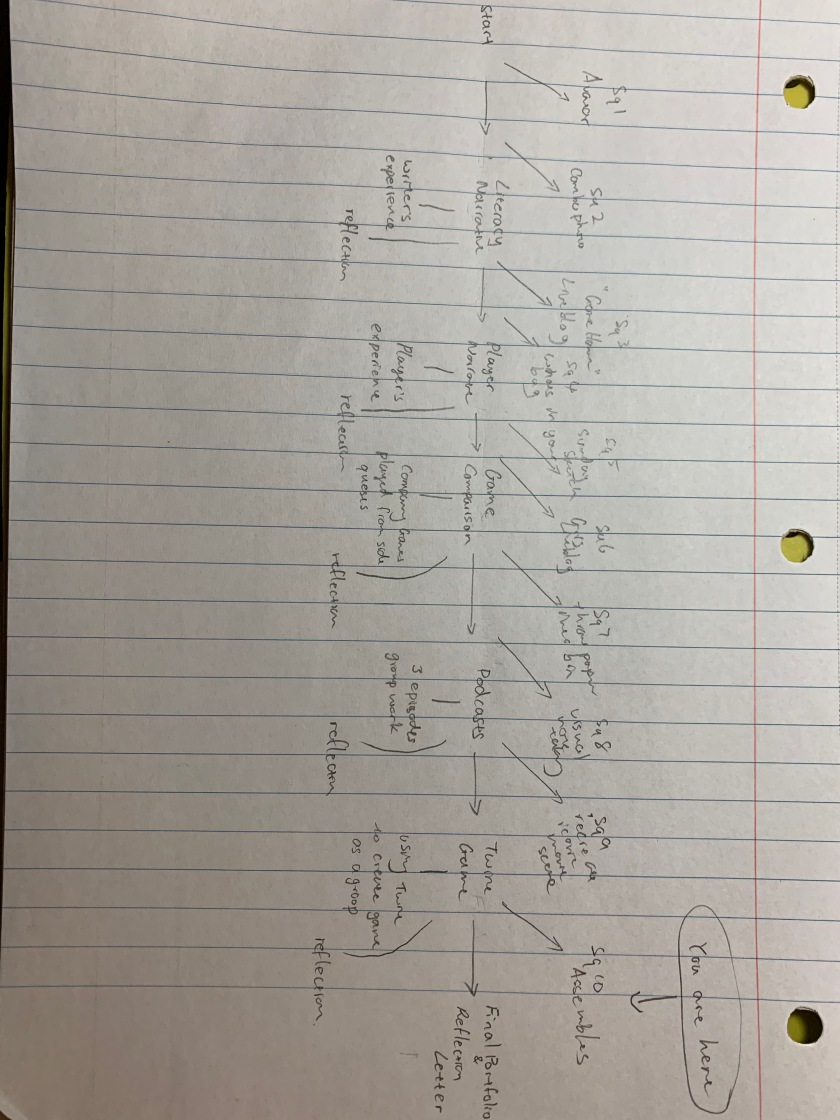My group’s Twine game is about the early stages of Covid-19 and the story of three people who contracted it. The three characters who catch the virus are drastically different in terms of their occupation. The point of the game is for the audience to learn how different socioeconomic states can impact people’s experience with the virus. The goal is for people to hopefully gain empathy for people that are struggling with the virus firsthand and take note of the gravity of the pandemic so everyone can take the pandemic with the necessary caution and seriousness.
Our group set the setting and time intentionally as Tuesday, March 5th in New York City, two days before NY Governor Andrew Cuomo declared a state of emergency, so our characters aren’t familiar with the mask-wearing protocols. The three characters we based our Twine game on is a heart surgeon (Sam), a construction worker (Frank Briganti), and a CEO (Bill Stevens). As the player picks a character and makes decisions for the character, (spoilers alert) the player will always end with the character dying from the virus. When the player finishes a character’s journey, we reveal when and where the character unknowingly caught the virus; each character was programmed to catch the virus in the very beginning of their journey. This intentional decision by the group was to hopefully underscore the fact that the people can get the virus and unknowingly live their lives normally, spreading the virus during that incubation process. It was also to serve as a ‘surprise factor’ though I don’t how effective that was.
Making the Twine Game was pretty fun for my group. Although the job became tedious at some parts, as we had to plan out and write numerous options and the subsequent, corresponding pathways of decisions, it was interesting to come up with a fictitious but believable storyline. My main role for the project writing the storyline for one of the characters; I wrote the storyline of Sam the surgeon. At the start of the project, after my group got into a Zoom call, we just started discussing and fishing out things we could write about. After we came up with the basis of the game, we just all started writing. When all was done and our group presented our game to the class, it turned out that our concept was similar to those of other groups, predictably so considering all we think about is the dreadful pandemic. I thought the final product came out well; if my group had more time, we definitely would have added more pathways to make it each character storyline to be more interesting.
I learned many things from making the game. The most relevant skill I learned was developing a fictional storyline a number of corresponding hypotheticals. It was the first time I did something like this. I don’t usually write fiction in the first place, so writing for our Twine game was definitely a new experience. I hope use these skills again in the future if I have another project like this.
In terms of how our game accomplished the learning objectives of ENG 101 with Professor David Morgen, we fined our skill of practice writing as a process. When we were all making pathways after each decision, my group constantly made revisions on the new options and even the original decision—back-and-forth—just so everything seemed coherent. Our group also demonstrated collaborative skills; our group met 2 times over Zoom and conversed frequently through GroupMe. We used technology to communicate with each other on the game’s development, and it helped us tremendously.





